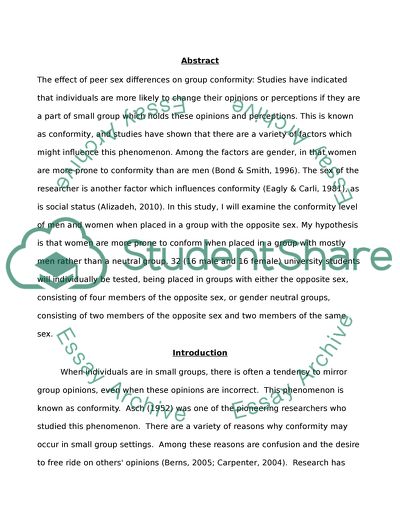Cite this document
(“Sex of Group-mates as Determinant of Sex Differences in Group Thesis”, n.d.)
Retrieved from https://studentshare.org/psychology/1396548-sex-of-group-mates-as-determinant-of-sex
Retrieved from https://studentshare.org/psychology/1396548-sex-of-group-mates-as-determinant-of-sex
(Sex of Group-Mates As Determinant of Sex Differences in Group Thesis)
https://studentshare.org/psychology/1396548-sex-of-group-mates-as-determinant-of-sex.
https://studentshare.org/psychology/1396548-sex-of-group-mates-as-determinant-of-sex.
“Sex of Group-Mates As Determinant of Sex Differences in Group Thesis”, n.d. https://studentshare.org/psychology/1396548-sex-of-group-mates-as-determinant-of-sex.


